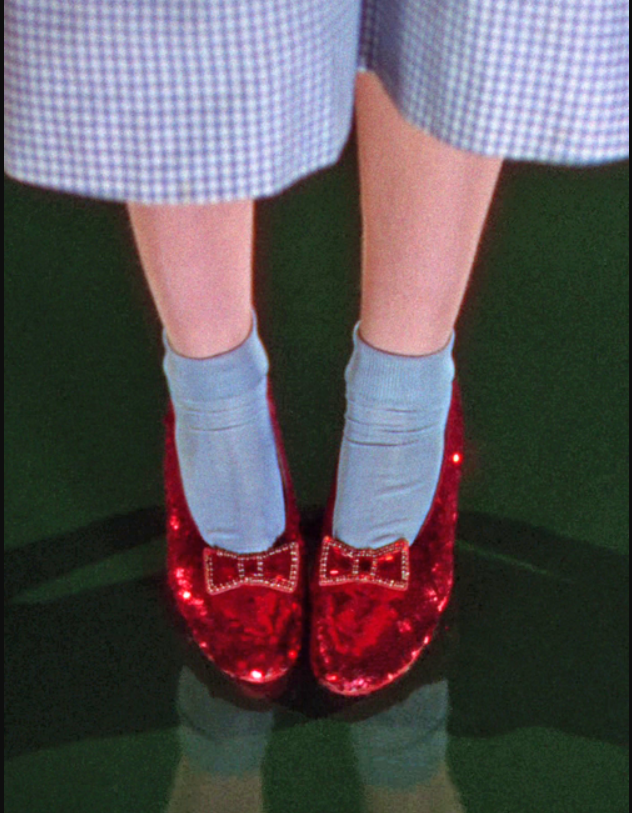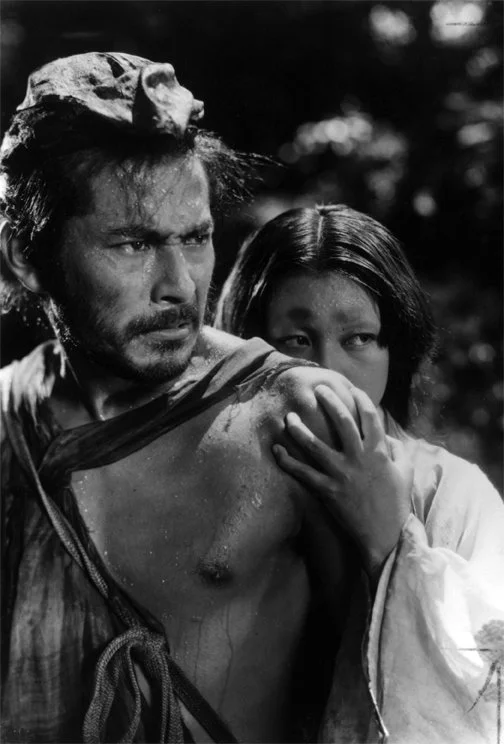Spike Lee the Cinephile: Movies That Inspired the Singular Auteur
Since he first broke onto the scene in 1985 with She’s Gotta Have It, Spike Lee has been one of the most defining and singular directorial voices in American cinema. From his stylistic trademarks such as his reality-piercing dolly shots to his signature on every film labeling them “Spike Lee joints,” it sometimes feels like there’s nobody making movies with such distinctive authorial presence on his level.
But a singular vision is not born in a vacuum, and as much as Spike Lee has brought his own originality to the table through his choice of cinematic style, subject matter, and character, he also remains deeply inspired by a number of his favorite movies, from his childhood to his time in NYU film school all the way to modern classics he remains inspired by. Sometimes, he’s taken his inspirations and remade them into his own vision, such as Oldboy and Da Sweet Blood of Jesus (a remake of Bill Gunn’s 1973 Ganja & Hess).
With his new film Highest 2 Lowest, Lee takes Akira Kurosawa’s 1963 masterpiece High and Low and updates it to set the story of a kidnapping of a wealthy man’s son in the modern-day music industry. In interviews on the material, Lee has spoken at length about the influence Kurosawa has had on him, so with the release of Highest 2 Lowest in theaters this weekend, here are some of Spike Lee’s other favorite movies, and the effects it has had on his filmography over the years.
A Face in the Crowd (1957)
Three years after director Elia Kazan and screenwriter Budd Schulberg worked together on the groundbreaking and Oscar-winning On the Waterfront, they teamed up again for a prescient satire of media and politics that has proved even more relevant to the modern-day landscape with A Face in the Crowd. Lee praised this film as saying that Kazan and Schulberg “had the crystal ball” when they made the film about a media personality who comes from nowhere and manipulates his way up to a powerful position in politics. Lee also mentioned that he was friends with Schulberg in the last years of his life, and the two wrote a script about the friendship between Joe Lewis and Max Schmeling that he hopes to still direct one day.
The Night of the Hunter (1955)
Spike Lee said that he first saw Charles Laughton’s sole directorial effort in NYU’s graduate film school, and it made an incredible impact on him - especially Robert Mitchum’s intimidating, murderous preacher character with “Love” and “Hate” tattooed on his knuckles. Midway through the film, as the tension builds between Mitchum and the kids he will supposedly be taking up as stepchildren, he delivers an impassioned, biblical speech on the eternal war between love and hate. Lee took this idea and adapted it to his character of Radio Raheem in Do the Right Thing, exchanging tattoos for rings that emblazon the words across his knuckles. When Lee’s character Mookie asks about the rings, Raheem delivers a speech that’s almost word-for-word Mitchum’s speech from the original Night of the Hunter.
The Wizard of Oz (1939)
Spike Lee utilizes fantasy and spectacle in his films more so than a lot of his other independent peers, from the constant breaking of the fourth wall to the sometimes-extravagant camera tricks he utilizes to hammer home his themes. It should be no surprise, then, that a film like The Wizard of Oz is baked into his creative DNA and has been directly referenced in a number of his films. Perhaps most notably, he references the classic MGM film’s transformation from black-and-white to color in his first feature, She’s Gotta Have It. In the scene, the lead character Nola is told by her boyfriend to tap her heels three times and, when she does, the film transitions from its monochrome cinematography to a scene in blazing color where they see a modern dance number in the park, Lee’s homage to Wizard of Oz and that era of MGM’s Technicolor musicals.
Ace in the Hole (1951)
These days, writer/director Billy Wilder is most known for his romantic comedies like Some Like It Hot and The Apartment as well as noir classics like Double Indemnity and Sunset Boulevard. But his 1951 movie Ace in the Hole, one of the most cynical and downbeat of all his films, took several decades to find its status as an American classic. Spike Lee, however, is a big proponent of this film and Wilder, calling him one of his biggest cinematic influences and Ace in particular as a dark, searing portrait of how the American media can manipulate the public. He particularly praised the final shot, which he called one of the greatest in film history and one he recreated in his 1992 epic Malcolm X.
Rashomon (1951)
While Highest 2 Lowest is Lee’s first direct remake of an Akira Kurosawa film, his filmography has been influenced by Kurosawa from the very beginning, including his 1951 breakthrough about a rape and murder told from three different perspectives. Lee said that this elliptical, alternating-POV perspective to storytelling influenced the way he constructed She’s Gotta Have It, telling the story of a young woman through the eyes of three different men she had gone out with. Lee declared that his goal was to present the audience with three different perspectives of the same woman, and let the audience make up their own mind about what happened - much like how Kurosawa left it up to audiences about what happened to the people at the center of Rashomon.
Dog Day Afternoon (1975)
Spike Lee had his biggest financial hit in 2006 with the Denzel Washington/Clive Owen heist thriller Inside Man. In the film, a master bank robber played by Owen engages in a cat-and-mouse game with a detective, played by Washington, determined to capture him without any collateral damage. To make a film about a bank robbery-turned-hostage scenario, Lee studied Sidney Lumet’s classic of the genre Dog Day Afternoon, even casting some of the minor characters who appeared in the 1975 film. One of the more famous scenes in Afternoon is when the bank robber Al Pacino orders pizza for his hostages, and for Inside Man, Lee tracked down the actor who played the man delivering pizzas to the hostages and cast him as another pizza delivery guy.
Dead End (1937)
From the beginning of his career, critics have considered Spike Lee to be one of the greatest modern chroniclers of New York City, and occasionally in his films, Lee finds the time to pay homage to the great NYC art from previous decades. In his film Summer of Sam, chronicling a tapestry of characters living under the terror spree of the Son of Sam serial killer in 1977 NYC, several characters congregate around a large yellow “DEAD END” sign posted on a road next to the East River. Lee said this was a direct homage to the 1937 film Dead End, an early Humphrey Bogart vehicle that centered on a group of citizens living in the slums under the Queensboro Bridge. Beyond Bogart and his co-lead Clare Trevor, the film focused a lot of time on a group of young child actors the studio named The Dead End Kids (who would eventually evolve into the East Side Kids and the Bowery Boys), and Lee pays homage to this crew by dubbing the characters who hang around the sign in his film “the Dead End gang.”
The Bridge on the River Kwai (1957)
When Lee, his regular cinematographer Ernest Dickerson, and Denzel Washington set out to make a studio movie telling the life of Malcolm X, they wanted to craft a grand epic that stood among the best epics in film history, so Lee and the rest of his team rewatched the films of David Lean, director of Lawrence of Arabia, Doctor Zhivago, and The Bridge on the River Kwai. While Lawrence of Arabia was especially resonant during the making of Malcolm X, Lean’s first major epic, the 1957 River Kwai, has stayed with him throughout his career, including popping up as a reference in his 2020 film Da 5 Bloods.





